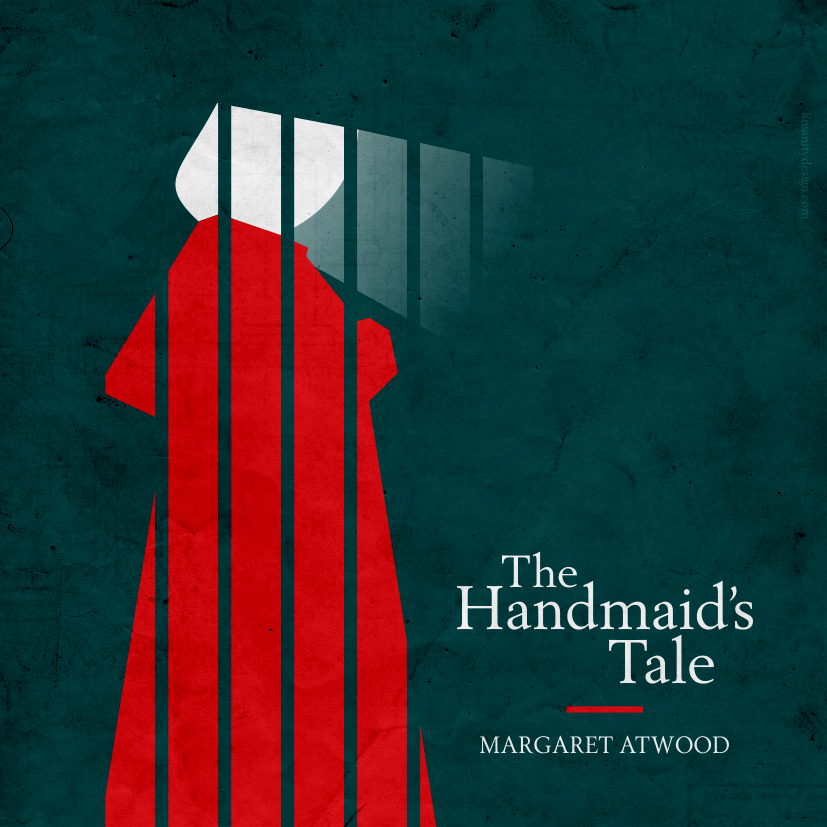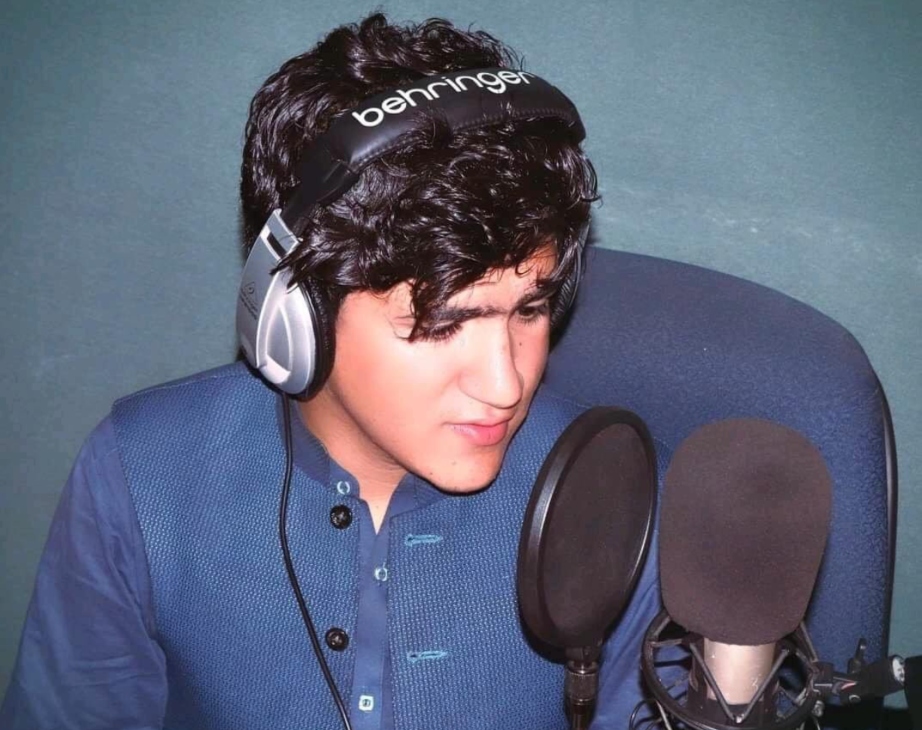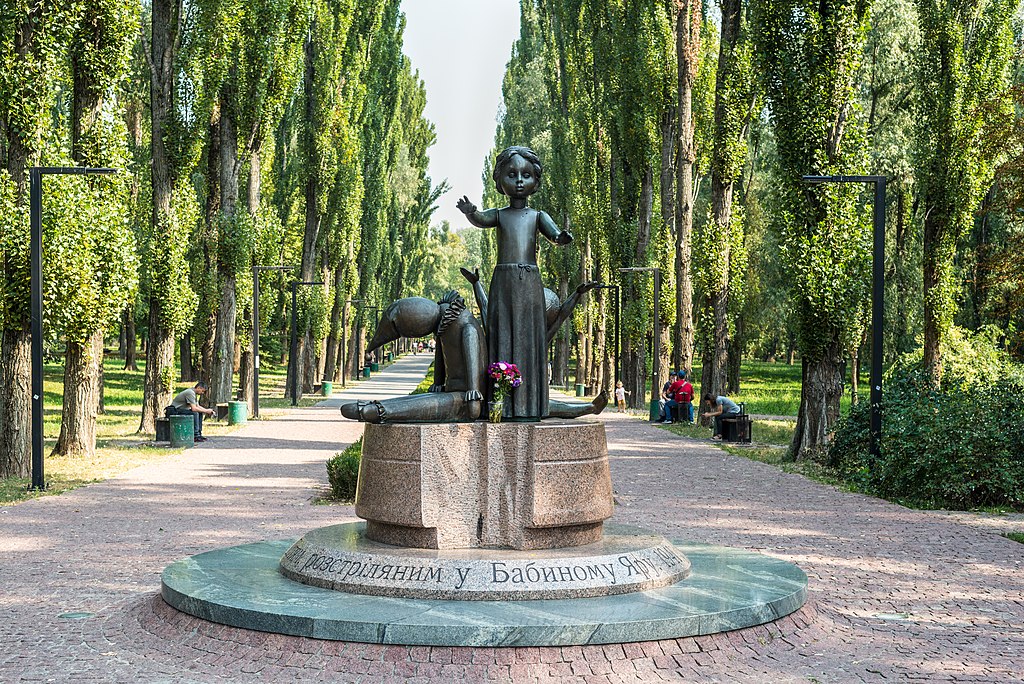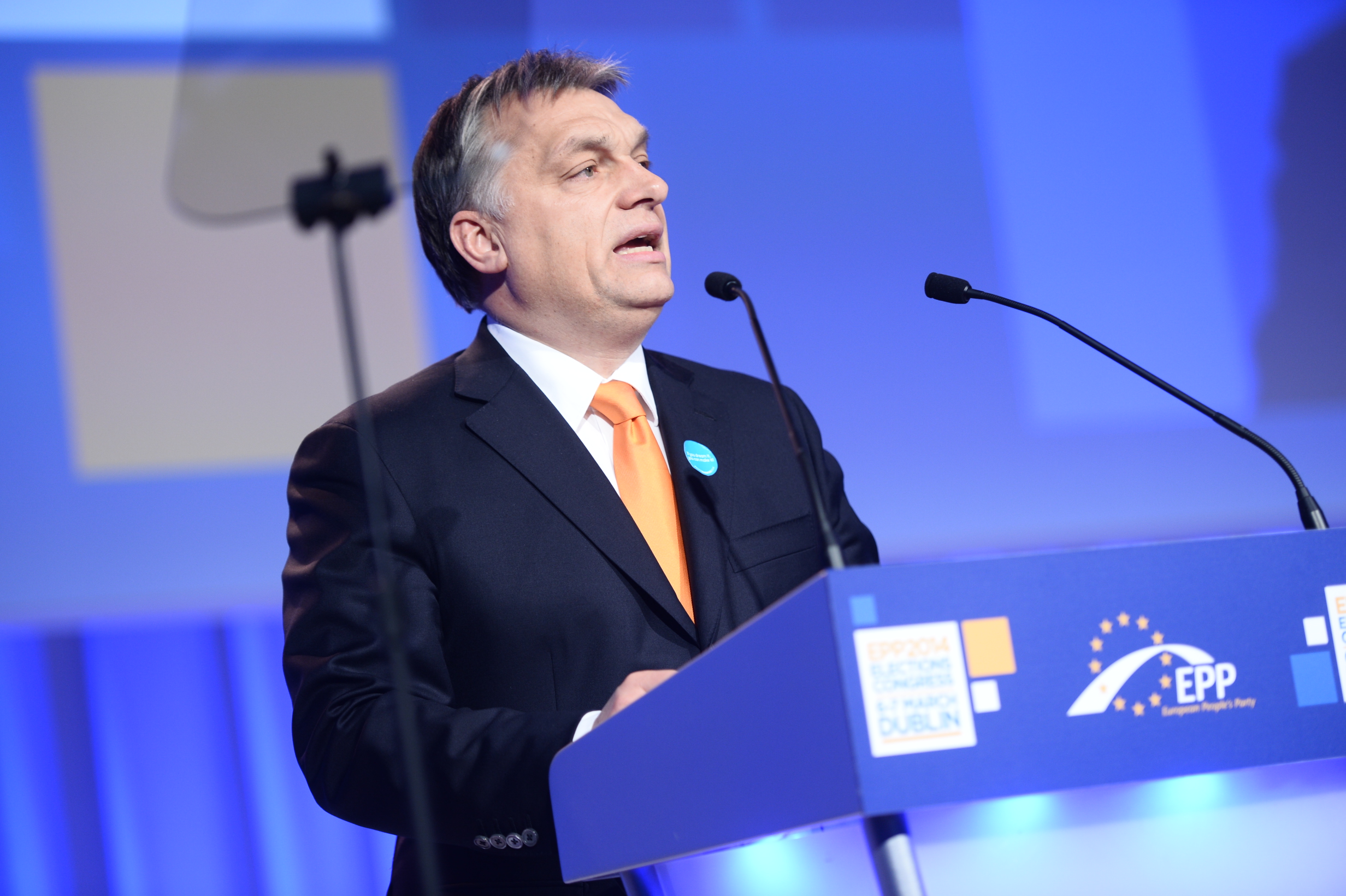Cross posted from http://kenanmalik.wordpress.com/
Actually, I seem to have been talking about this for much of the past two decades; ‘this’ being free speech, multiculturalism, Islam, Islamism, the issues at the heart of DV8’s extraordinary new show Can We Talk About This? now playing at London’s National Theatre. Lloyd Newsom’s company has, for more than quarter of a century, blurred the lines between dance and theatre as a way of, in the company’s own words, ‘reinvesting dance with meaning, particularly where this has been lost through formalised techniques’. It has always tackled controversial and difficult subjects, but the latest is likely to be the most challenging yet.
I was one of a host of people whom Lloyd Newsom interviewed in preparation for the show. I finally got to see the finished product on Friday. It was a strange experience having my words spoken back to me from the stage. The whole show is stitched together through other people’s voices, voices taken from those various interviews, and from interviews and debates on TV and on stage, including a spat between Shirley Williams and Christopher Hitchens on BBC’s Question Time and Jeremy Paxman mediating between Anjem Choudhury and Maajid Nawaz onNewsnight. You experience it in the audience as a tapestry of ideas, always moving and whirling like a dancer’s ribbon, but which builds up thread by thread, layer by layer, into a tightly woven, almost inescapable, argument. The voices are not recordings; every word comes out of the mouths of the dancers, which adds to the sense of perpetual motion. Their ability to dance and talk at the same time still leaves me breathless and bewildered.
The show opens, as most of those in the audience must have known, with a cast member demanding of the spectators ‘Do you feel morally superior to the Taliban?’ It’s a nod to Martin Amis who asked that same question to a hostile audience in a notorious debate at London’s ICA, back in 2007. It is hardly the most sophisticated of questions. Yet its very unsophistication reveals so starkly the spectre haunting the liberal moral swamp. Had the audience been asked ‘Do you feel morally superior to the BNP?’, or even ‘Do you feel morally superior to David Cameron?’, I have no doubt that a forest of hands would have been raised. As it happened only a handful were willing to admit that their values might have been a mite more elevated that those of the Taliban. This has nothing to do with English reticence – the show has already played in Australia and in Europe, and the question elicits the same response (or non-response) everywhere. Everywhere it creates the same moral discomfort. As one Australian critic put it, after the opening night last year in Sydney, ‘It’s as if a quiet little bomb had been thrown into the audience to disturb its equilibrium from the start’.
It is that sense of moral reticence – even of guilt – at the thought of passing judgment upon other cultures, revealed by the reluctance to think that one could be morally superior to the Taliban, that lies at the heart of Can We Talk about This? The show begins with the infamous Ray Honeyford row in Bradford in 1985, and moves through the Rushdie affair, the murder in 2004 of Dutch film maker Theo van Gogh, the Danish cartoons controversy the following year, and the banning in 2009 of Dutch MP Geert Wilders from this country because of his anti-Islamic film Fitna, all interwoven with discussions of forced marriage, honour killings, jihadism. The emotion that courses through every scene is a pulsating anger at the way that liberal cowardice has interwoven with multicultural naivety to allow Islamist extremist to silence critics and to betray both principles and people.
The choreography is sublime, the movement spellbinding. Dancers contort themselves and crawl and slide and slither in a mesmerizing metaphor for liberal agonies. Yet while the interaction of the dancers with each other, and with the physical space, is exhilarating, the interplay of movement and word is less so. There are times when the two fuse seamlessly. The scene in which two women, including Javinder Sanghera of the Asian women’s centre Karma Nirvana, explain ‘honour’ violence while fluidly making and remaking themselves is quite stunning. In other scenes, however, too great a gap opens up between what is being said and what is being done. There was quite a bit of tittering during the show, because many in the audience seemed to read the dancing more as a reworking of John Cleese’s Ministry of Silly Walks than as an accompaniment to a political polemic.
And it is as a polemic that the show is at its weakest. I have been a critic of multiculturalism from long before it was fashionable to be one, and I am a fundamentalist in defence of free speech. And yet Can We Talk about This? left me feeling somewhat queasy. Why? Because, as Sunder Katwala observes, there is a naivety gnawing away at the heart of the show, a naivety that emerges out of the broader debate about multiculturalism
Discussions about multiculturalism often conflate two issues: the idea of diversity as lived experience and that of multiculturalism as a set of policies through which to manage such diversity. The experience of living in a society transformed by mass immigration, a society that is less insular, more vibrant and more cosmopolitan, is positive. As a political process, however, multiculturalism has come to mean something very different. It has come to describe a set of policies, the aim of which is to manage diversity by putting people into ethnic boxes, defining individual needs and rights by virtue of the boxes into which people are put, and using those boxes to shape public policy. It is a case, not for open borders and minds, but for the policing of borders, whether physical, cultural or imaginative.
This conflation of lived experience and political policy has proved highly invidious. On the one hand, it has allowed many on the right – and not just on the right – to blame mass immigration for the failures of social policy and to turn minorities into the problem. On the other hand, it has forced many traditional liberals and radicals to abandon classical notions of liberty, such as an attachment to free speech, in the name of defending diversity.
DV8 is clearly presenting a critique of multiculturalism in the second sense, that is as a set of political policies aimed at institutionalising cultural differences, while defending the idea of a diverse society. This is the progressive critique of multiculturalism, a case for open borders and open minds. Yet, many of those whose voices the show uses to make its argument have a very different starting point. Their critique is not of multicultural policies, but of immigration, Islam and diversity. In the opening scene, the Bradford headmaster Ray Honeyford is presented as a nice, moderate, if conservative, figure, only looking out for the children in his care. To describe Honeyford as ‘conservative’ is a bit like describing Enoch Powell as ‘conservative’. It is not untrue, but it misses so much about their views. Honeyford, in fact, held Powellite views on race, immigration and diversity. In 1984, while headmaster of Bradford’s Drummond Middle School, he wrote an essay on ‘Education and Race: An Alternative View’ in The Salisbury Review (which, too, was not a ‘conservative’ but a reactionary magazine), to which his critics took umbrage and which eventually led to his forced resignation. The essay certainly pointed up the disastrous consequences of many educational practices introduced in the name of diversity. But Honeyford’s critique was as much of what he called ‘multi-racialism’ as of what is now called multiculturalism. He was hostile to immigration, contemptuous of non-British cultures and possessed of a little-Englander view. His comments on Caribbean culture give a flavour of his attitudes:
“‘Cultural enrichment’ is the approved term for the West Indian’s right to create an ear-splitting cacophony for most of the night to the detriment of his neighbour’s sanity, or for the Notting Hill Festival whose success or failure is judged by the level of street crime which accompanies it.”
Elsewhere in the essay Honeyford talks of the ‘hysterical political temperament of the Indian subcontinent’, lambasts a ‘half-educated and volatile Sikh [who] usurped the privileges of the chair’ at a meeting, describes Pakistan as ‘a country which cannot cope with democracy’, and pins the blame for the educational failure of minority children on ‘An influential group of black intellectuals of aggressive disposition, who know little of the British traditions of understatement, civilised discourse and respect for reason’.
Honeyford’s critics were wrong to try to silence him. But in calling them to account it is important not to present Honeyford himself as a hero or a moderate or to whitewash his views and his record.
Similarly with Geert Wilders. Can We Talk About This? presents the Dutch politician as a doughty defender of free speech, banned from this country by a Home Office too cowardly to stand up to Muslim activists outraged by his film Fitna. The second part is true. The first part is not. Wilders is a reactionary populist who poses a bigger threat to liberties than most of his critics. He has campaigned in Holland to ban the Qur’an as ‘hate speech’, called for a ‘spring-cleaning of streets’ to sweep away Muslims, proposed a ‘Head Rag Tax’ on Muslim women wearing the hijab, and threatened the mass deportation of Muslims. The fact that Wilders is an odious reactionary does not mean that he should be banned from this country or that his film (which is also odious and reactionary) should be censored. But neither does the fact that he and his film were (temporarily) banned mean that we should treat him as a free speech hero.
Criticism of reactionaries, such as Honeyford or Wilders, and of illiberal actions against Islamists, such as the six-year prison sentences handed down to London protestors against the Danish cartoons, is conveyed in Can We Talk About This? largely through the voices of Islamist extremists. There are virtually no secular voices, radical or liberal, or Muslim mainstream ones, confronting the likes of Honeyford or Wilders, or challenging the suppression of Islamic dissent. This inevitably serves to marginalise such criticism, to make it appear as irrational and as unacceptable as Islamism itself, and to give legitimacy to the reactionary assaults of multiculturalism and to the illiberal actions of the state. This, in turn, warps the critique of multiculturalism, and allows the reactionary voices to hijack it. There can be no progressive challenge to multiculturalism, nor defence of free speech, without also a challenge to the rightwing, populist, often racist, critiques that now increasingly populate the landscape, and a willingness to defend the right of all people to express their beliefs, however odious those beliefs may seem.
Perhaps such criticism is unfair. After all, Can We Talk About This? is physical theatre not a roundtable discussion. Yet the show needs, indeed demands, such criticism, ironically, because of the depth of research that has gone into the production and the very intelligence of the argument, because it sets itself up, from that very first question to the audience, as an engaged polemic, as a challenge to the accepted narrative on free speech, multiculturalism and Islam. The ambition of the show, and its willingness to stomp all over the debate, is its great strength; its unwillingness to be more nuanced about whose boots are stomping where is its great weakness.
Can We Talk About This? is, like all DV8 works, both thought provoking and gut-wrenching, food for mind and heart. It is the kind of bold, polemical spectacle that the theatre so badly needs, a world away from the insipid offerings that all too often litter the West End stage. Yet both as a critique of multiculturalism and as a defence of free speech it is to be found wanting. Go see it – it is, as I said, unmissable theatre. And then do talk about this.




